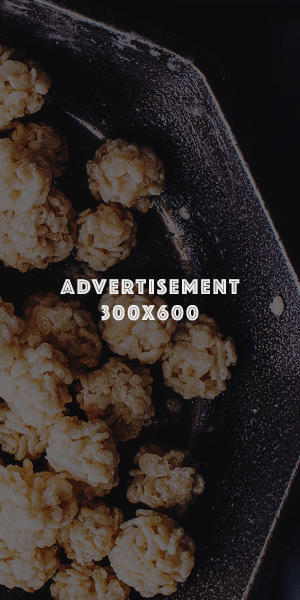Not all chocolates are created equal, particularly when it comes to artisanal, Belgian chocolate. Not only are Belgian Chocolates key to creating some of the world’s best, there is a major difference in the art of chocolate making – particularly surrounding regular and couverture chocolate.
This particularly comes when it comes to their properties and taste profiles. If you are wanting to melt down a chocolate (for example, to make chocolate strawberries, or a cake filling), you will want to use compound chocolate. But if you are wanting to create an experience with your chocolate, and you desire the snap, try creating with coverture chocolate.
There are two types of chocolate. There’s Compound Chocolate and Couverture Chocolate.

Compound Chocolate
Compound Chocolate substitutes the two main ingredients found in coverture chocolate – chocolate powder and oil – instead of chocolate liqueur and cocoa butter. This doesn’t affect the taste, but it does affect the melting capacity, making it an easier chocolate to work with for a chocolate novice.
The ingredients that are usually found in Compound Chocolate are cocoa powder, sugar, coconut oil and palm kernel oil (or ‘palm oil’) – which cannot be mixed with cocoa butter. If you can’t find it in store, it is also called Baker’s Chocolate, as it is
ideal for melting over baking products like cakes and cookies. This type comes in dark, milk and white varieties, making it very versatile to use.
For optimum results, allow it to rapidly cool after melting it at 40 – 50 degrees. This allows a glossy coat to form, which is also called a ‘sheen’ for presentation.

Coverture Chocolate
This is chocolate in its purest form – with only cocoa butter and chocolate liquor as the hero of Coverture Chocolate – it allows a smooth sheen and a snap which is seen throughout Belgian brands and other varietals. Although it is the finest chocolate to work with, it is also harder than the Compound variety, due to its nature that it needs to be tempered (heated and cooled in preparation for melting). If you do not do so, the outside of the chocolate will ‘bloom’– where the fat crystals in the chocolate will change – providing an uneven spotting. Once it is tempered, Coverture Chocolate allows thee classical snap and melt that we love about premium tastes.
The standards for Coverture Chocolates are high to reflect the premium brand – they must contain a minimum of thirty-five percent cocoa solids and thirty-one percent cocoa butter to be classified as Coverture. This fat and solid content makes it perfect for enrobing pralines, truffles and other chocolate goods.
Short Answer: Use compound chocolate for less stress, and couverture chocolate to impress.
We hope this helps!

